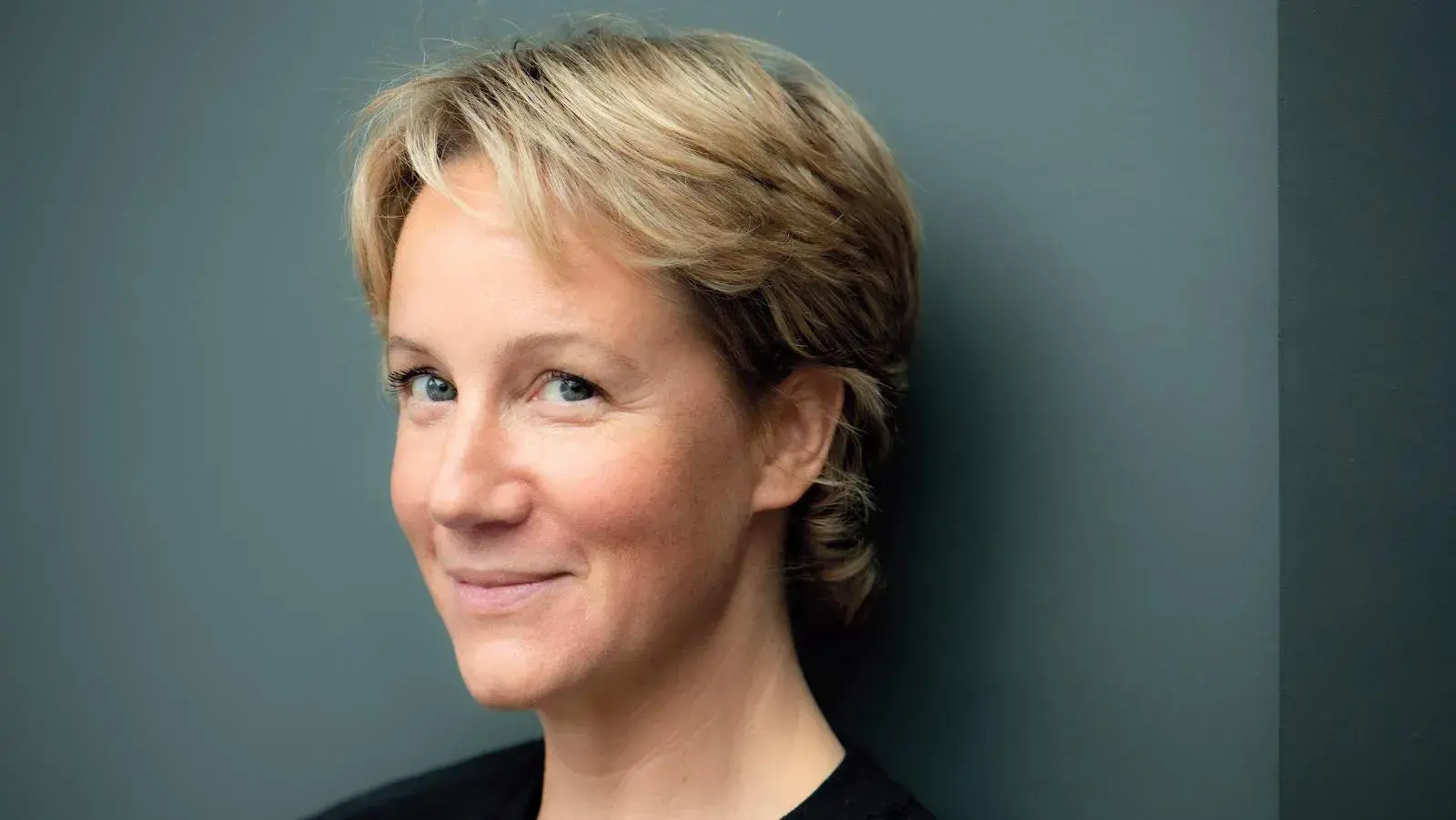Esther de Beaucé: Editor of Artists’ Jewelry with MiniMasterpiece
Published on

In a little over 10 years, she has turned her gallery into the place to be for artists' jewelry, helping to shine a light on this little-known field of artistic expression. © YannDelacour In 2012, you opened MiniMasterpiece. What exactly does your work as an editor of artists' jewelry involve?I sell contemporary artists’ jewelry whose creation I initiate. In other words, I bring necklaces, bracelets and earrings into being by working with artists — sculptors, painters, video artists, designers and architects — and then supporting them in the development and production phases. The work of Phillip King, Wang Keping, Jean-Luc Moulène and Lee Ufan was









